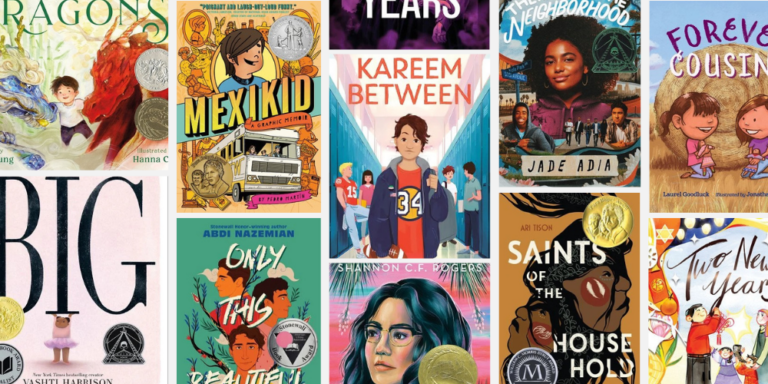In the midst of the COVID-19 pandemic, 21st century skills are more important than ever. As we face an unknown future that is going to require problem-solving and innovative thinking, it is clear that skills such as collaboration and creativity are no longer simply “soft skills”. They’re now a necessity for our society to adapt to new challenges. But with our students at a distance, how do we continue to develop these important skills? Surprisingly it’s not that different in a virtual space than in a” brick and mortar” classroom. Best practices in teaching and learning still stand; however, the tools and mediums we use will require some adapting.
1. Create meaningful tasks
Under the time crunch to frantically adapt to our new normal behind screens, our default is often to revert back to basic instruction. In a virtual learning setting this looks like uploading worksheets to complete, daily letters to students with isolated tasks listed, or perhaps long lists of links to online video tutorials for students to watch. Now more than ever our students need meaningful tasks to engage in. Basic tasks that simply ask for rote memorization and where information is solely exchanged in a one-way input/output don’t engage students, nor do they ask students to go deeper in their thinking. Meaningful and complex tasks provide opportunities for students to flex important muscles such as critical thinking. Meaningful tasks designed to scaffold the creation of student products can push students deeper in their knowledge and thinking.
Think about your immediate surroundings-who and what is being impacted most? What problem can students solve? There is no shortage of content and possibilities here! Then consider how your content can help students to grapple with these real-world issues. Project-based learning is one of many frameworks that can provide students with ample opportunity to engage in meaningful tasks, and a “teacher win” is that PBL can also easily be adapted to online learning.
2. Align tech tools to 21st century skills
Virtual learning requires us to leverage technology like never before, but we must be careful that technology is being used intentionally as a tool to build student skills, rather than the tools driving instruction. Once you consider what 21st century skills students will need in order to engage in the meaningful tasks you have designed, next consider which tools may help them to develop or showcase those skills. Here are some examples:
|
Skill |
Virtual tools |
|
Collaboration |
|
|
Oral Communication |
|
|
Written Communication |
|
|
Creativity |
|
3. Explicitly teach and assess the skills
It’s easy to become hyper-focused on the standards and content-based skills of a particular discipline, especially when we feel as though we are operating in a silo in the virtual world; however, a more expansive perspective of teaching that focuses on developing 21st century skills will only enhance student learning in a given content area. In order to fully develop these skills they must be explicitly taught- what I mean by this is that they must be scaffolded and assessed with the same commitment as standards-based content. In practice this means:
- Teacher- created blended-learning workshops to model and practice 21st century skills in a given context, prior to asking students to embody those skills. A Fish Bowl protocol can easily be adapted to virtual learning by either pre-recording a video of a small group of students for others to watch, or running the protocol live in smaller Zoom breakout rooms.
- Students analyzing models of 21st century skills and applying observations to student work. This can easily be done as an asynchronous learning module using Visible Thinking Routines.
- Students reflecting frequently on 21st century skills through student work and metacognition. This can happen as a submitted journal entry or a more robust success criteria reflection using a 21st century skills rubric, such as these from New Tech Network. To see a sample project fully built out with both content and 21st century skills click here.
- Teacher feedback on individual student growth and progress of 21st century skills in a given project or unit each week, so that the student has the opportunity to apply the feedback and continue to develop those skills.
It’s my hope that by sharing some of these strategies and resources that teaching 21st century skills won’t feel like one more thing to do on a growing to-do list; rather it will feel like an exciting opportunity to prepare students to succeed in a future that needs critical thinkers and creative problem solvers who can communicate innovative ideas to keep our world evolving.







